Back at the end of 2012, Ragen Chastain penned an article for iVillage called “Are You Guilty? 10 Ways We Body Shame Each Other Without Knowing“. I’ll just go through the list one by one and respond accordingly. But before I do, there’s on observation that needs to be made: Chastain is basically saying herein to take no interest in the welfare of others, especially if those “others” happen to be women. She’s not saying to choose your words carefully, but to just ignore the person you intend to speak to in order to preserve their feelings.
1. Saying Things Like, “She Would Be So Pretty If…”
Have you ever uttered anything along the lines of, “But she has such a gorgeous face” or “She would be more beautiful if she put on a few pounds”? You are limiting your idea of beauty to a cultural stereotype. Beauty is not conditional. If you can’t say anything nice, maybe it’s time to learn how.
Actually, beauty is conditional. What is considered beautiful is going to differ not only from group to group, but also person to person. There is no getting around this. And typically when a person says “she would be so pretty if…”, chances are the person is speaking from their own personal idea of what they find pretty or beautiful and not necessarily to any particular cultural standard or stereotype.
2. Judging Other People’s Clothes
While it’s fine for you to choose clothes any way you want, nobody else is required to adhere to your style. The person wearing that outfit is, in fact, pulling it off, even if you think she’s too flat chested, big chested, short, tall, fat or thin. And fat people don’t have to confine themselves to dark colors and vertical stripes, no matter who prefers it. And spandex? It’s a right, not a privilege.
This is only true to a point.
In all the various “body image” articles I’ve seen, they always tend to say that a person should be able to wear what they want and not be judged for it. Unfortunately that is not the world in which we live, nor will it ever be the world in which we live. Because you will be judged by how you present yourself.
I’m a working professional. In the building where I work, I can dress casually. And everyone around me, except the higher-level executives, also do the same. But we also dress in a way that is presentable. Because how you dress, how you keep your workspace, and the like can shed light on how you are professionally. Now you could be the best [insert job title here] in the world, but there is something called “dressing the part”. And if you don’t dress the part, it doesn’t matter if you’re the best in the world at your job title because no one will take you seriously.
A woman who shows up for work in a professional setting wearing tiny shorts, a tight shirt with a plunging v-neck revealing a lot of cleavage, and stilettos is not only not going to be taken seriously, she’s likely going to be sent home by her manager. And if a woman were to wear that kind of thing in public, any observer will make certain assumptions about who she is, regardless of whether they are true. Because you will at least be judged in thoughts by how you dress. And others will let those thoughts escape their lips – whether to friends and/or colleagues, or even to the person wearing the ensemble in question.
But the same is true if a guy were to show up for work in the same office with an overgrown beard, unkempt hair, wearing a “wife beater” and torn jeans or shorts, and sandals exposing advanced athlete’s foot and toe fungus, smelling like he hadn’t brushed his teeth in months or decided that whiskey is a good substitute for Listerine. Even if that guy happened to have graduated from college summa cum laude with a perfect GPA, is praised by all his colleagues for his expertise and experience, and might even command a star’s salary for it, what’d be the first thoughts popping into your mind seeing that guy? Yeah that’s what I thought.
Don’t go around telling others to not judge by clothing or appearance if you’re going to do the same.
3. Making It an ‘Us vs. Them’ Thing
The phrase “Real Women Have Curves” is highly problematic. Developed as a response to the tremendous body shaming that fat women face, it still amounts to doing the same thing in the opposite direction. The road to high self-esteem is probably not paved with hypocrisy. Equally problematic is the phrase “boyish figure” as if a lack of curves makes us somehow less womanly. The idea that there is only so much beauty, only so much self-esteem to go around is a lie. Real women come in all shapes and sizes, no curves required.
Any phrase that begins with “real women” should be dismissed outright, including the one that concludes this paragraph. For one, the definition of a woman/female is chromosomal – i.e. having no Y chromosome. And before anyone jumps down my throat about how I’m excluding male-to-female transgendered individuals with that statement, the thing that needs to be kept in mind is that they are not biologically female, and no amount of cosmetic surgery and hormones is going to make that a reality, just as no amount of cosmetic surgery and hormone treatments will make a female-to-male transgender a biological male.
But beyond this is the fact that making any statement that starts with the words “real women” brings to mind the “No True Scotsman” fallacy. Beyond the chromosomal definition of who is a real female, no person has the ability to define who a “real woman” is. The existence of transvestites and male-to-female transgendered individuals should make that painfully obvious.
And any woman who utters a phrase beginning with “real women”, likely also finishing the phrase in such a way that they are certain to be included in that definition, is just looking for a way to 1-up themselves over someone else, and should be dismissed accordingly.
4. Avoiding the Word “Fat”
Dancing around the word fat is an insinuation that it’s so horrible that it can’t even be said. The only thing worse than calling fat people “big boned” or “fluffy” is using euphemisms that suggest body size indicates the state of our health or whether we take care of ourselves. As part of a resolution to end body shaming, try nixing phrases like “she looks healthy,” or “she looks like she is taking care of herself,” and “she looks like she is starving” when what you actually mean is a woman is thin.
Body size can indicate the state of your overall health. It’s something any physician will readily tell you.
If you are rail thin, you are not getting the level of nutrition necessary to maintain a healthy weight, whether incidentally or intentionally – i.e. your nutritional intake is not keeping up with your metabolism. I know a woman who says she just doesn’t get hungry and needs to literally remind herself to eat, yet she’s been told that she must work hard to maintain the body she has. And illnesses and medications may make it difficult to eat and keep food down.
I knew a woman who was rail thin, mainly because her nutritional intake wasn’t really all that diverse, making it difficult for her to put on weight – yes calories aren’t the only thing that determine if you will put on weight or not. She was also somewhat sedentary and ended up being diagnosed with deep vein thrombosis while in her mid-twenties.
I was rail thin all through my teen years as well. Keeping weight on was actually difficult for me for several reasons. It’s interesting looking back because I could eat large meals without any problem and my peers would ask “where I kept all of it”. But then in my later high school years, I just stopped eating nearly as much and just wouldn’t get hungry. My weight in high school was too low – I graduated high school weighing about 155 lbs at 6’2″ with a 28″ waist size. Much of the reasons behind that were purely psychological as well as I was going through a lot at the time that I just didn’t discuss with anyone else, including my thoughts of and two attempts at suicide.
As such, the other side of the spectrum – being fat – means that at some point you were overtaking your metabolism on your nutritional intake, even if you no longer are, and have not worked off your prior excess.
One afternoon my wife and I were dining at the Ryan’s buffet in Clive, Iowa. At a nearby table were two obese individuals, a man and woman. Watching them eat, there is no way to draw any conclusion other than having a non-sufficient means of caring for themselves. I mean when you are scraping clean from your plate the last little bits of cheese sauce from the macaroni and cheese, I’m sorry but you have issues, even more so when you are literally holding the plate in the air near vertically so you can tip it to make sure you got every last little bit.
I wish I was making that up.
But that doesn’t mean their weight does not have a logical explanation for how it started. A friend of my wife’s gained a lot of weight after being on a steroid regimen, and weight gain is a known issue with individuals who are on corticosteroids. There are things that can be done to mitigate that issue, but as the reason for being on the steroids tends to get in the way of preventing the weight gain – i.e. movement being painful – sometimes it becomes unavoidable. And after the steroid regimen ends, often the patient has put on so much weight that getting it back off can be difficult, if not impossible, without higher-level interventions, whether due to the amount of weight gained or the weight putting stress on the body that movement is, again, painful.
And stress can also cause a person to overeat, known as “emotional eating” or “stress eating“.
Again, whatever the cause, in general losing weight means your nutritional intake is not keeping pace with your metabolism, while gaining weight means you are overtaking your metabolism. Even if you are maintaining your current weight, or close proximity thereto, being fat means at some point in your history, your intake overtook your metabolism. That is just the fact of the matter. You cannot put on weight without any kind of nutritional intake, plain and simple.
An ex-girlfriend of mine was a larger woman when I first met her. We got to taking walks – averaging about two miles round trip – about every night and she dropped weight very, very quickly. While other women were complaining about the “freshman fifteen”, she’d lost a bit more than that, so much so she had to go searching through her older clothes to find ones that fit. And again that was merely from walking a lot more than previous.
We are long past the point of weight being an indicator of wealth, where being fat was a good thing because it meant you were well off enough to be able to get fat. Today weight is an indicator of health, either past or present, while being a predictor of future health. Again, being fat today means that at some point in your history you started eating more than you were burning off, whatever the reasons may be, and you have been unable or unwilling to get that weight back off.
Further, pregnancy changes a woman’s body quite a bit as well. Some women can bounce quickly to their pre-pregnancy weight, while others cannot. My sister-in-law was the former, and from pictures I’ve seen, so was my mother. And if a woman who does bounce back quickly from their pregnancy decides to show it off, don’t go around calling it an “act of war” or something else like that. And if you want to increase your chances of getting back to your pre-pregnancy weight after giving birth, talk to your doctor about an exercise routine you can keep while you are pregnant, and what adjustments can be made to it after birth.
But then if you’re not talking to your doctor while you are pregnant, why the hell not? And if you are but you are not discussing a fitness routine, again, why the hell not?
5. Making Up Body Parts
We could all lead very full lives if we never heard the words cankles, muffin top, apple shaped, pear shaped or apple butt ever again. We are not food.
So basically we should stop inventing ways of simplifying a description of something? Do I have that right?
6. Congratulating People for Losing Weight
You don’t know a person’s circumstances. Maybe she lost weight because of an illness. You also don’t know if she’ll gain the weight back (about 95 percent of people do), in which case earlier praise might feel like criticism. If someone points out that a person has lost weight, consider adding something like, “You’ve always been beautiful. I’m happy if you are happy.” But if a person doesn’t mention her weight loss, then you shouldn’t mention it either. Think of something else you can compliment.
You may not know a person’s circumstances, sure. But then you shouldn’t be congratulating someone you don’t know. This means that if you’re going to congratulate someone on losing weight, you should already know the circumstances behind the weight loss. If it was due to an illness, you should already know that before you say a word of comment. She may not see it as a good thing, or then depending on the illness, she may also see it as a wake-up call, a signal to change her lifestyle. But this is something you cannot know without, you know, having a conversation with her.
But something tells me, Ms Chastain, that you are discouraging even having that conversation.
In general, however, a person who lost weight worked to lose it, rather than it coming off because of some illness. As such, saying you should not congratulate someone for losing weight is about the same as saying you shouldn’t congratulate someone for accomplishing something that required a lot of hard work and commitment. Because that is what weight loss typically requires, a lot of hard work and commitment, including committing to a change of lifestyle.
As such, you shouldn’t congratulate someone for losing the weight, but for committing themselves to a healthier lifestyle. Losing weight requires a lot of change in your life, and there is no easy answer to whatever the issue might be. Commending the person for the life change, as opposed to the result of that change, can give that person a little bit of an emotional boost for keeping it up, helping them overcome any lingering doubts about their choices and changes.
But then if you’re going to congratulate someone on losing weight, you already know two things: they were previously heavier, and they thinned down in some fashion. A conversation with that person should open with a verbal observation of the weight loss, possibly a compliment on how they look, while allowing them to fill in the details if they so desire.
7. Using Pretend Compliments
“You’re really brave to wear that.” By the way, wearing a sleeveless top or bikini does not take bravery. “You’re not fat, you’re beautiful.” These things are not mutually exclusive — a person can be fat and beautiful. “You can afford to eat that, you’re thin.” You don’t know if someone has an eating disorder or something else; there is no need to comment on someone’s body or food intake. “You’re not that fat” or “You’re not fat, you workout,” need to be struck from your vocabulary. Suggesting that looking fat is a bad thing is also insulting, so also out the door are, “Does this make me look fat?” and “I look so fat!” when you are a size 2.
As I’ve already discussed above, your weight can be an indicator of your health. As such, being fat can be a bad thing. That’s just the reality of it, and there’s plenty of science to back that up. And reality can certainly be insulting at times. Avoiding talking about the consequences of your past actions is not the same as avoiding the consequences of your past actions, but we all seem to think that to be the case.
Let me also be clear that this is not the same as the consequences of your past actions being your fault where the consequences were unavoidable. For example, going on the previous example of steroids, you can either live with the pain and inflammation, thus leading a somewhat miserable life as a result, or you can go on the steroids and risk the weight gain instead. I think most people would choose the latter, even though both options pretty much lead to weight gain, either from being sedentary due to the pain, or as an effect of the steroids.
But this also means that looking fat or being perceived as fat can lead to a perception of being unhealthy. And a perception of being less than healthy can lead to a perception of being less than attractive.
Now saying to a person that they’re “brave” to wear something is not a compliment, not even a “pretend” compliment. Think of how it is typically uttered. It is an indicator of the kind of reactions others may have upon seeing the person in the outfit in question. It can also be an indicator that the outfit in question could have been unexpected or uncharacteristic, or something unique that might be attention-getting. Plus I’m sure we’d all call the Marines who served in the Middle Eastern desert “brave” for all the stuff they had to wear, whereas anyone who wore all of that in the middle of the desert in the middle of summer without a need for doing so would likely be considered foolish.
And yes, a person can be both fat and beautiful. A ready example for me is my wife – and no I’m not just saying that simply because she might read this. Queen Latifah also comes to mind.
Commenting on a person’s body or food intake when you don’t know the person I’d agree is quite rude. But if you do know the person, then the intent on commenting on their body and/or food intake is important. For example, if your best friend were to compliment on your body and/or food intake, would you think they were doing so for malicious reasons, or out of a genuine concern for your health and well-being?
8. Thinking of Women as Baby-Making Machines
One of my readers mentioned that her gynecologist called her “good breeding stock.” Also awful: “baby making hips.” Worst of all is when people ask fat people when they are due. As has famously been said, unless you can see the baby crowning, do not assume that someone is pregnant.
It’s kind of difficult to not think of women as “baby-making machines” because, hate to say this, they are. In case you happened to have missed that part of your sex ed classes, women are only the ones who can and do get pregnant. And their bodies must support the nurture of the growing fetus while pregnant until the point where they give birth – abortion notwithstanding. And this reality is reflected in the fact that one of the questions asked soon after a woman gets married is when they are going to “start a family”.
This means that being able to conceive and carry a child to term is part of what it means to be a woman, and that has been the case for millennia, and will remain the case probably till we are extinct.
A woman who is unable to conceive or who has difficulty conceiving may have feelings of inadequacy or inferiority. Thus saying the words “good breeding stock” or that a woman has “baby making hips” may seem to be in poor taste, but, again, the intent behind the words is also important – just as saying the word “nigger” is not racist without any context. And given that women can have feelings of inadequacy if they are unable to conceive, and may be treated as inadequate or substandard even by other women, the intent behind those words is typically reassurance, since, again, a lot of women place a lot of their own self-worth on their ability to conceive.
And no amount of saying the equivalent of “you shouldn’t place your self worth in your ability to conceive” will change that since, again, they are typically being judged by other women. How so? Just see how mothers respond upon hearing a woman who says she doesn’t want to have kids, the comments, judging and attempted 1-ups-manship that results.
Indeed, the law allows marriages to be annulled if one partner to the marriage knew they were infertile or not “good breeding stock” and did not disclose it. For example if a guy knew he was shooting blanks, or had obtained a vasectomy before getting married, and failed to disclose that to his new wife before they got married, then the wife can file for an annulment. Same for the husband if the wife knew or should have known that she was infertile but did not disclose it – for example if the woman has Turner’s syndrome but never mentions it and the husband later discovers it.
And assuming that someone is pregnant is quite different from voicing that assumption. I can assume all I want, as making that assumption is mere thoughts and little more. So I’ll assume all I want whether a woman might be pregnant, but I’m not going to voice that assumption as I prefer not having red marks on my face I’d have to later explain to, of all people, my wife.
9. Sticking Your Nose in Other People’s Exercise Routines
A subtle form of body shaming occurs when people make assumptions or suggestions about someone’s exercise habits based on their size. Don’t ask a fat person, “Have you tried walking?” Don’t tell a thin person, “You must spend all day in the gym.” I have had people at the gym congratulate me for starting a workout program when, in fact, I started working out at age 12 and never stopped. I had a thin friend who started a weight-lifting program and someone said to her, “Be careful, you don’t want to bulk up.” How about not completely over-stepping your boundaries and being rude and inappropriate?
Again, given that being fat means you at some point in your life started or continued eating more than you were burning off, and that being fat seems to imply not having the willingness or ability to work it off, asking whether they have “tried walking” is a way of giving a person a simple start at solving a complex problem. See my anecdote above about my ex-girlfriend and the walking we did on a near nightly basis. It can be a simple change that can lead to a healthier lifestyle, leading to a healthier life.
Saying that a thin person must “spend all day at the gym” is characteristic of the hard work that typically comes with trying to maintain a lower weight, especially since many weight loss “success stories” turn into failures after the celebration is done – hence why I said earlier that one should congratulate someone who lost weight on their change in lifestyle, instead of the results thereof.
Saying to a woman that she “doesn’t want to bulk up” is an implication that she could actually be seen as less attractive or even intimidating to men if she puts on some muscle, thus affecting future relationship prospects, and also future prospects at becoming a mother, especially since if your exercise routine is too intense, it could also lead to amenorrhea.
10. Playing Dietitian
If you have no idea how much a person eats or exercises, you shouldn’t tell her to eat less and move more or suggest she put more meat on her bones. (Even if you do know what she eats, don’t do it). How do you know she’s looking for nutritional advice from you or the newest weight-loss tip you saw on Dr. Oz?
Personally I don’t think anyone should be taking weight loss tips from Dr Oz, but that’s beside the point. Anyway.
I firmly believe that a person should not be giving nutritional advice without being a nutrition specialist or a registered dietitian – and yes there is a big difference between the two, and if you don’t know that difference, learn it. But suggesting that a person “eat less and move more” is not “playing dietitian”. Instead it is passing along the common idea that losing weight means moving around more, thus burning more calories, while also limiting your caloric intake. The specifics therein, however, would determine whether a person is trying to act like they’re a nutrition specialist or dietitian.
For example, my mother in law is a nutrition specialist, but not a registered dietitian. But watching her design meals, I can definitely tell she knows what she’s doing. As such, if she saw me preparing a meal and knew of a way to make it better, nutritionally or even just on flavor, I’d likely welcome the advice. Whether I used it right then and there would be a whole other matter, but I’d probably keep the advice in mind for the future.
And if I caught wind that a friend of mine had switched to, say, the paleo diet or something else like that, I’d be doing what I could to get that person off that diet and back into a more sound and sane nutritional path.
* * * * *
I said at the start of this that Ms Chastain appears to be taking on the perspective of just ignoring other people. If a person is fat, you should just leave them alone, even if you know them. Same if a person is thin. Or wearing rather questionable attire that is drawing a lot of attention from others. That’s at least the gist I get from this.
And if we were talking about two people who were perfect strangers, I’d be inclined to agree. But even then she is basically saying that even if you know the person, you shouldn’t have any kind of concern for their welfare. And, I’m sorry, but no. If I feel a friend of mine, or a colleague that I know well, is making questionable choices, it would be irresponsible for me to not do or say something.
I mean, what would you say to a woman who is smoking while pregnant and around kids she already has? Would you say nothing? Somehow I doubt that. What if she were drinking while pregnant? Doing drugs? Again, would you genuinely sit around and do or say nothing? Same if a woman is drinking like a fish and getting herself into questionable circumstances, would you say or do nothing? Oh wait, that’s blaming the victim, or is it only such when men point out that she’s drinking like a fish and getting into questionable circumstances?
The thing is that if you actually care about someone, you’ll try to help them. Interventions come from this. And sometimes some tough love through an intervention is necessary, but if I’m interpreting Ms Chastain’s words correctly, she’d even be against anything like that.


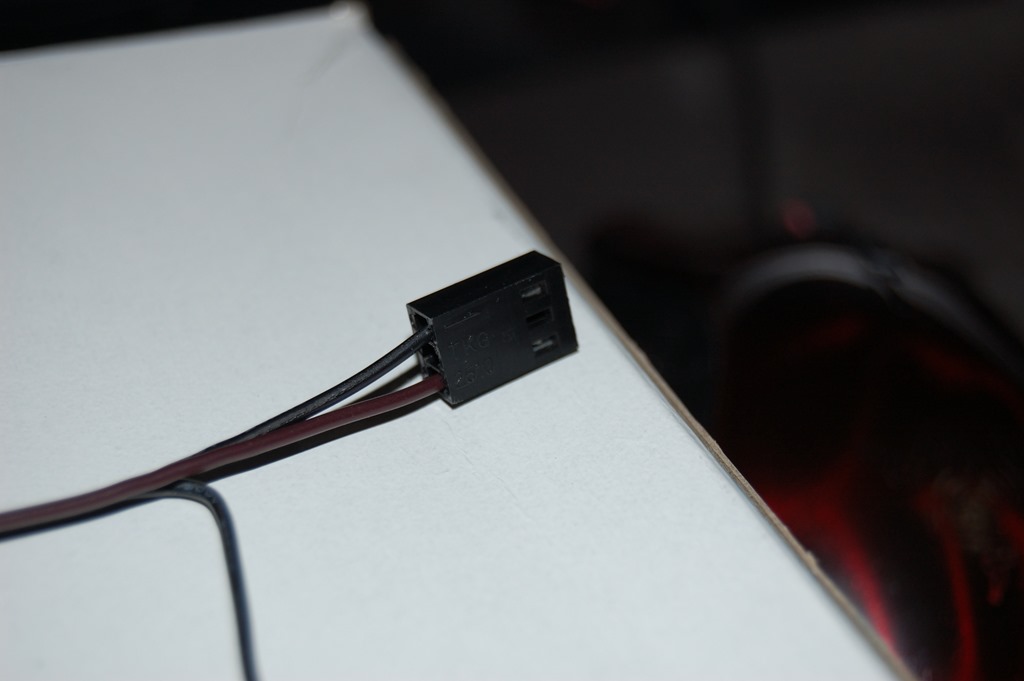


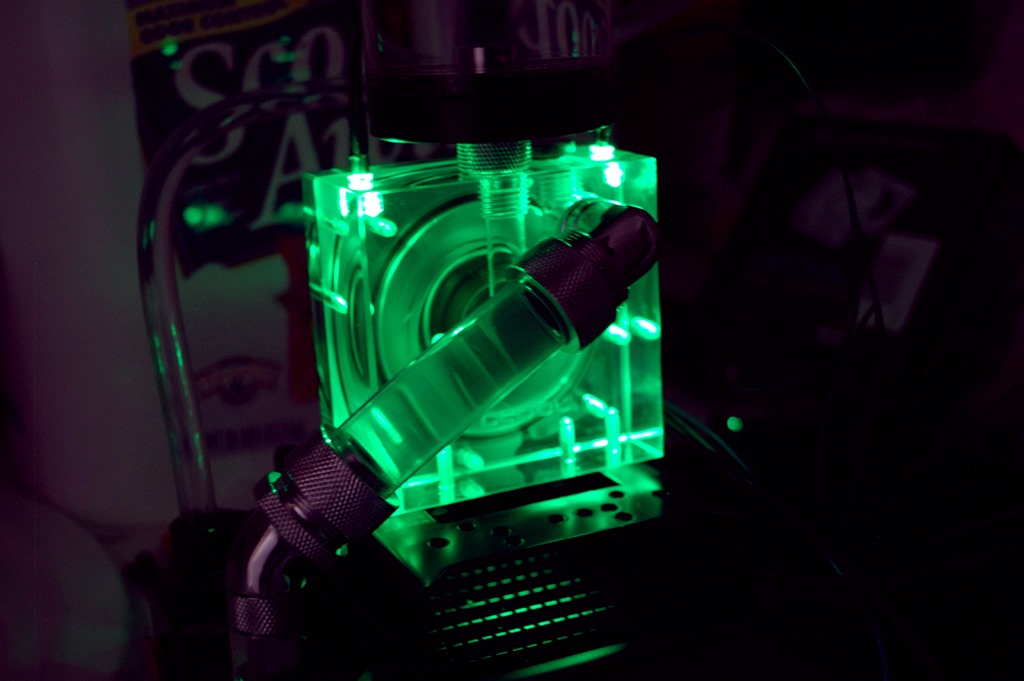
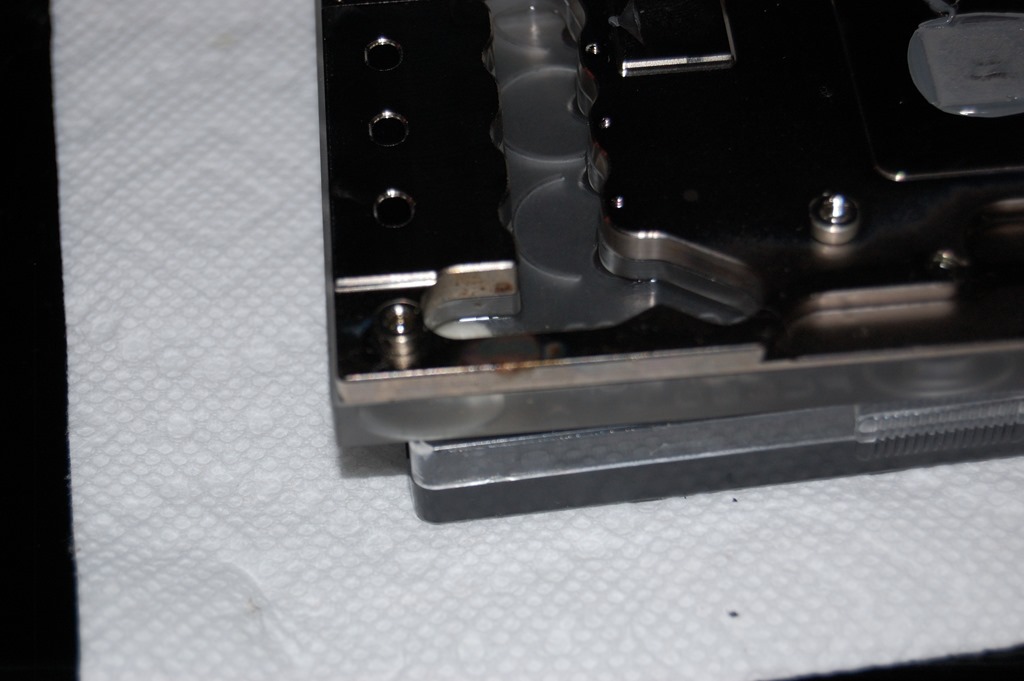
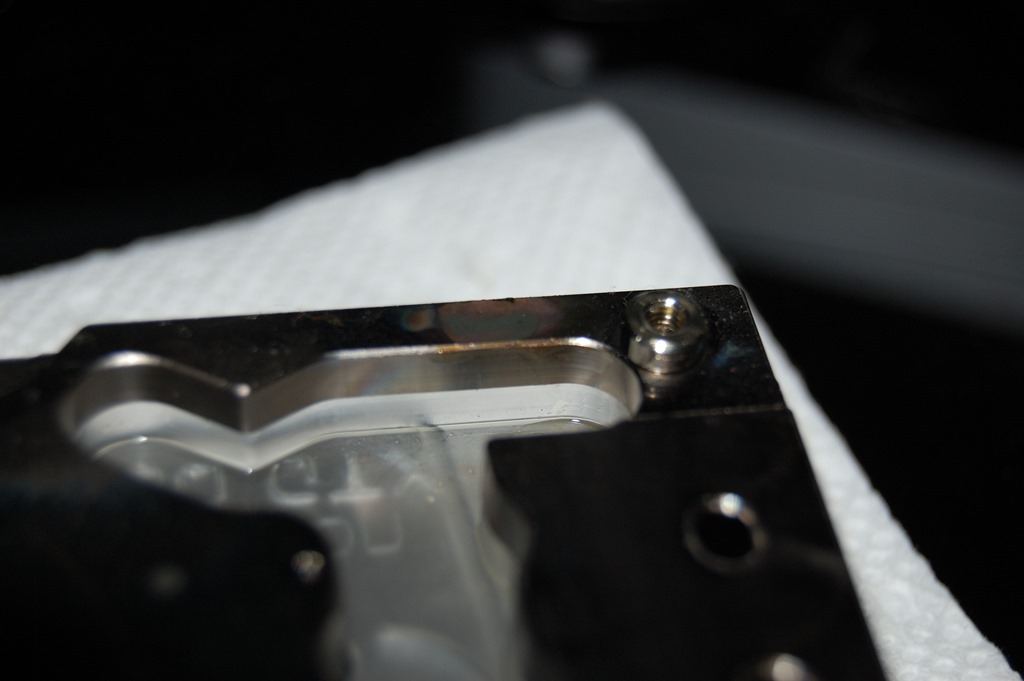
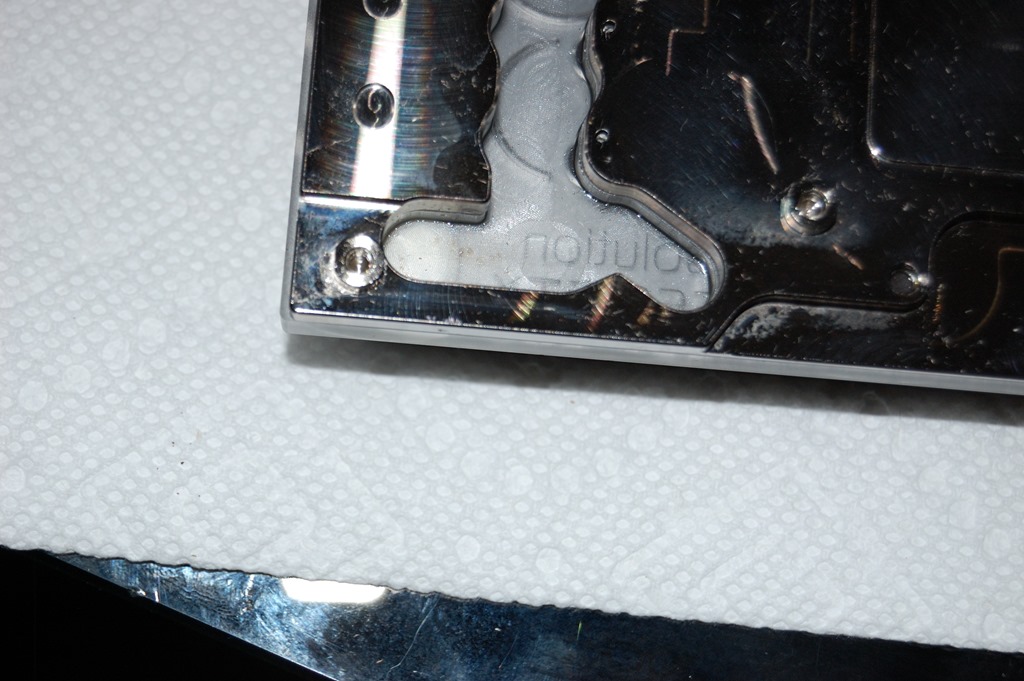

You must be logged in to post a comment.